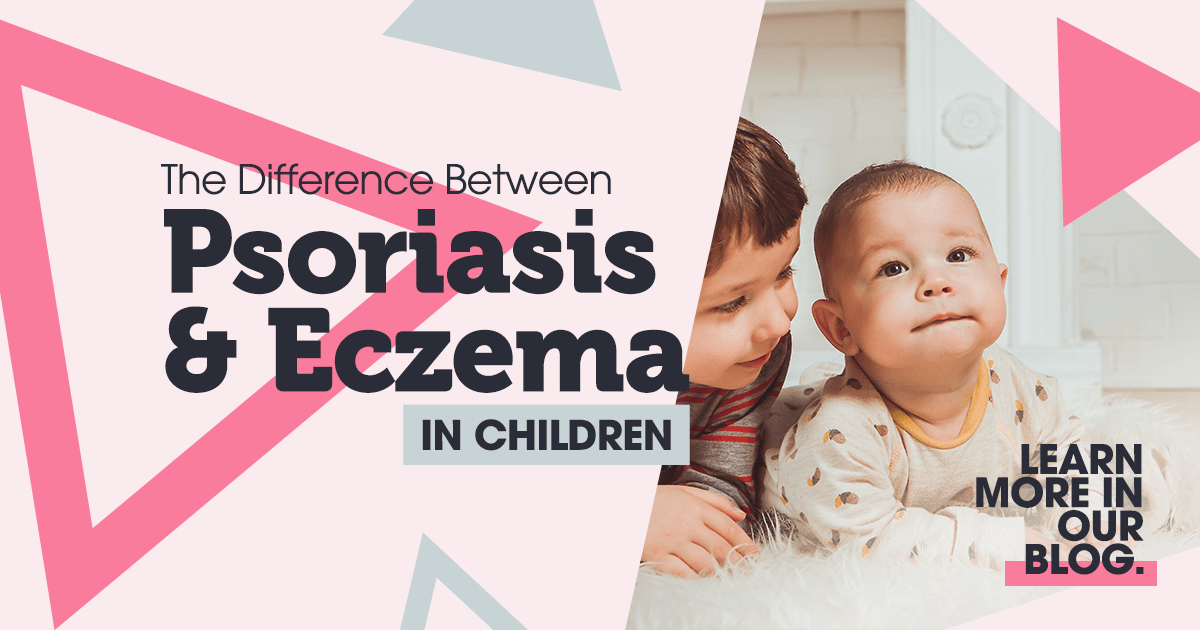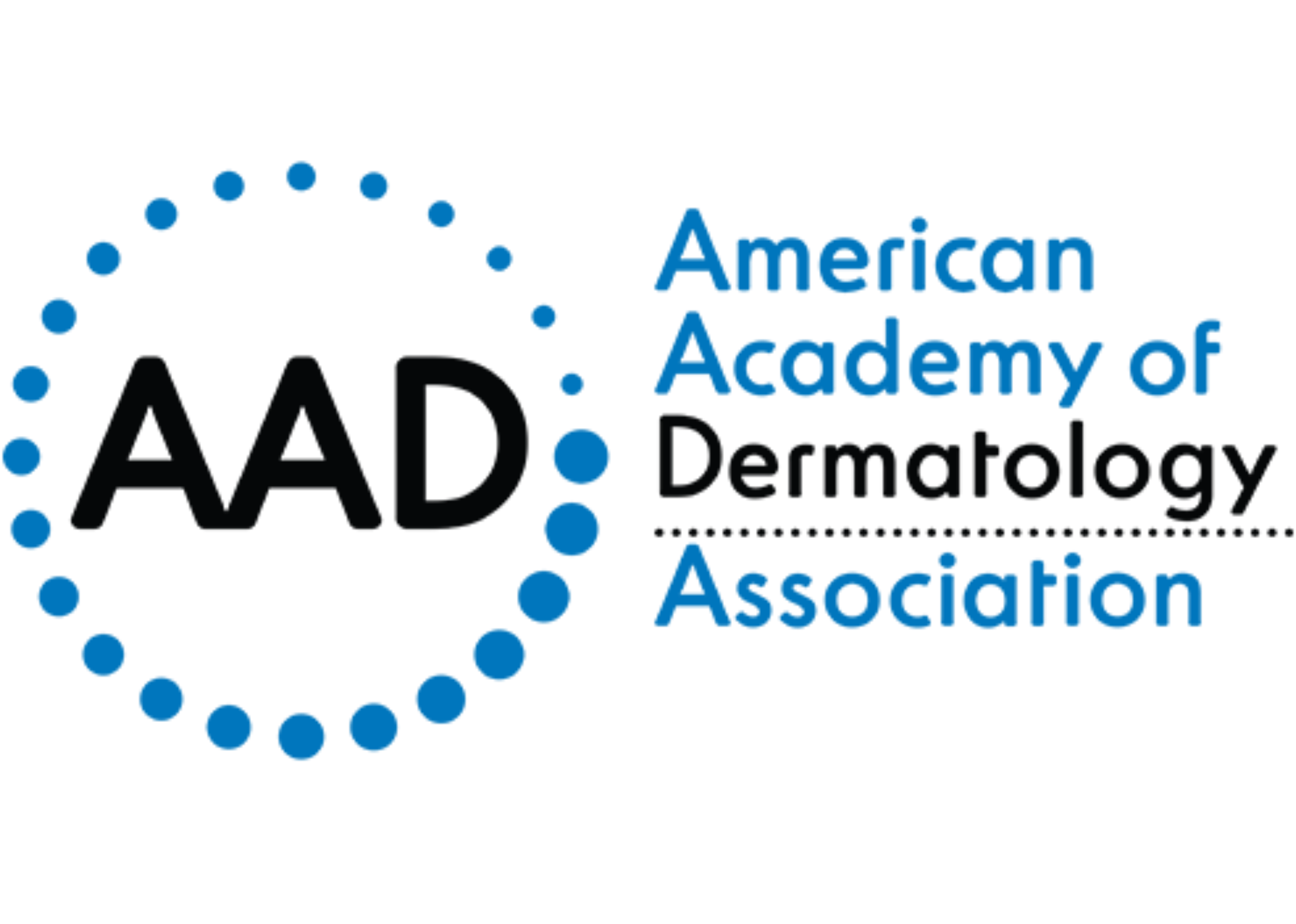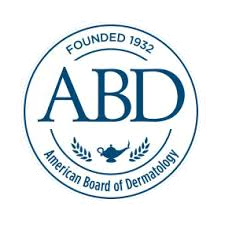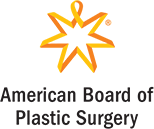Psoriasis and eczema are two common chronic skin conditions that affect children. Though more children develop eczema more often, approximately 1% of all children have psoriasis. The lines that tell the difference between them can be blurry, considering both skin conditions have similar symptoms. The good news is, there are ways to tell them apart. Let’s take a look at each condition separately to ultimately help us better understand their differences.
Pediatric Psoriasis
Psoriasis causes thick, dry, and red scaly patches on the skin that have a mild itch to them. The patches are well-defined and are commonly found on the face, buttocks, and scalp of children. Pediatric psoriasis can be a lifelong disease, with up to 40% experiencing symptoms before the age of 16. Psoriasis is not contagious, and children’s symptoms can range in severity from mild to severe.
There are five types of psoriasis, but the two most often found in children are:
- Plaque Psoriasis– This is the most common form found in children. Plaque psoriasis causes red, dry patches, called plaques. It can also cause silvery scales. Pediatric plaque psoriasis appears smaller, thinner, and less scaly in children than in adults.
- Guttate Psoriasis– Also referred to as “drop-like” psoriasis and is often triggered by a strep infection. This type creates small, red dots to form on the back, arms, legs, and trunk.
Pediatric Eczema
Pediatric eczema is the name for a group of skin conditions that cause inflamed, scaly, and itchy skin. It is the most common chronic skin disorder in children, occurring in about 10-20% of them. It usually affects babies and small children, lasting into adolescence or adulthood. In infants, it affects the face, trunk, and extremities. In older children and adults, it usually appears in crease areas like the back of the knees and elbows.
The itching associated with pediatric eczema can often be intense. Prolonged itching of the skin can cause the skin to become thick and leathery in those areas, and permanent scars can result if the skin is broken. Although there are seven types of eczema, most children have:
- Atopic Dermatitis– Also interchanged with the word eczema due to it being the more common type.
- Contact Dermatitis– Allergic reaction to something your child’s skin encounters.
- Seborrheic Dermatitis (cradle cap)- Occurs in the areas of skin where there are many oil-producing glands such as the scalp, back, and nose.
Similar, but Different
To sum it up, the itch intensity, location, and appearance are key indicators when it comes to telling psoriasis and eczema apart. Pediatric psoriasis patches are more well-defined, and the itch tends to be milder. Pediatric eczema appears in the crease areas, and the itch is more intense. The trained eye of a dermatologist is your best bet in the accurate diagnosis and treatment of these conditions.
While there is no cure for either condition, available treatments can reduce flare-ups, and relieve symptoms. Every child’s body is different and may respond to treatment differently than others. Unfortunately, this also means that some children remain unable to benefit from current options.
More work is needed to ensure every child who suffers from pediatric eczema and psoriasis has access to safe and effective options. Clinical research studies and the volunteers who participate in them are helping to meet that need. To learn more about our enrolling pediatric eczema and psoriasis studies with us at Texas Dermatology, call (210) 728-3919, or visit our website.
References:
https://www.webmd.com/skin-problems-and-treatments/psoriasis/pediatric-psoriasis-facts










